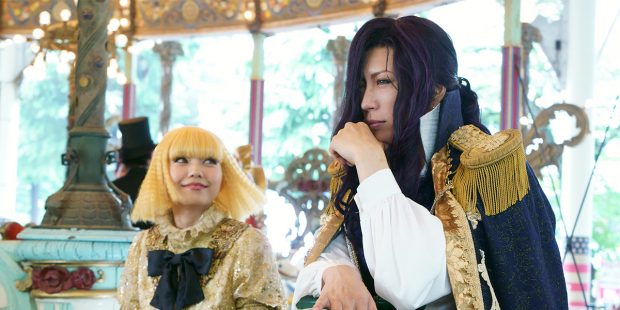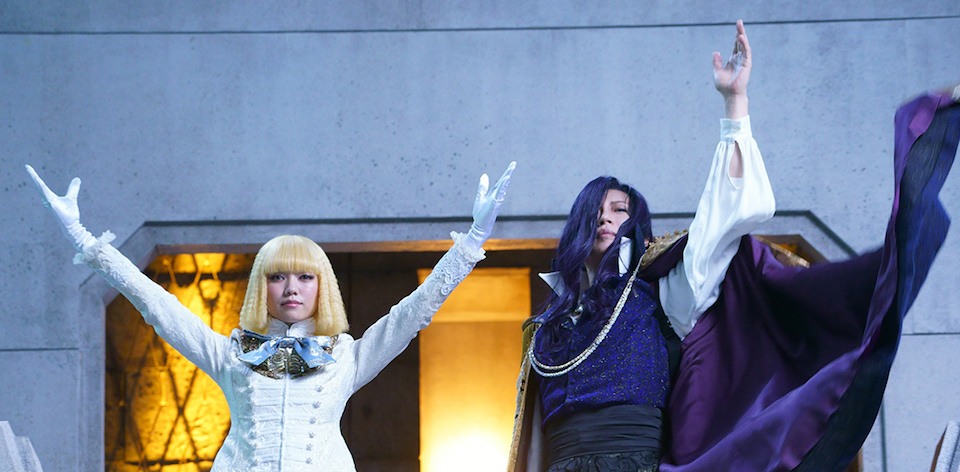Any city dweller worth their salt is aware that the next town over is not nearly as good as yours. There’s the infamous New York and New Jersey divide, of course, and if you live in Skokie are you really in Chicago? Here in Sydney, your inner west cred lives and dies on your proximity to your nearest picklery. So is the case with Tokyo and its neighbouring prefecture of Saitama.
Based on the 1980s manga series Tonde Saitama by Mineo Maya, director Hideki Takeuchi (Color Me True) frames FLY ME TO THE SAITAMA (翔んで埼玉) with the Sugawara family consisting of matriarch Maki (Kumiko Aso), proud Saitaman father Yoshiumi (Brother Tom) and their soon-to-be-married daughter Aimi (Haruka Shimazaki). On a drive to her engagement party, Yoshiumi becomes enraged with Aimi’s plans to move to Tokyo. Divine fate intervenes with a radio play that divides the car.
From here Yuichi Tokunaga’s (Sunshine Days) screenplay transitions to the story-within-a-story, a fable about a Tokyo where people from Saitama are treated as second-class immigrants. In a ritzy Tokyo school, Momomi Hakuhodo (Fumi Nikaido) – the Tokyo governor’s son – lords over his mini-fiefdom until the arrival of Rei Asami (Gackt), another fancy man with sympathies towards Saitama.

The ridiculously over-the-top concept takes city pride to its illogical extremes, combining genres on the fly – at one moment its yaoi (boys’ love) and the next it’s modern samurai warfare – for a collage of fanciful scenes. It all culminates in a revolutionary action that hits the heights of silliness, but that’s just the kind of self-referential fun that this aims for.
In a typical manga adaptation such as this, the extreme reactions of the actors threaten to slide into ham territory. Brother Tom, a Japanese celebrity who is famous for his panel show fame (a tarento), is perhaps the most enthusiastic in this space, but it’s a testament to Takeuchi’s approach – having honed his craft over the course of the Thermae Romae adaptations and the sublime period film Color Me True – that it all feels perfectly in keeping with the source’s tone.
Due to the sheer number of in-jokes and cultural references, the people who will get the most out of this will unquestionably be locals or people who spend a lot of time in Tokyo. This is especially true of the coda at the end of the film, a final wink at the audience about the influence of Saitama around the world. Look to your left, look to your right. Someone from Saitama might be right next to you as you read this.
2019 | Japan | DIR: Hideki Takeuchi| WRITERS: Yuichi Tokunaga (based on a manga by Mineo Maya)| CAST: Fumi Nikaido, Gackt, Brother Tom,Kumiko Aso,Haruka Shimazaki | DISTRIBUTOR: Toei (JPN), Japanese Film Festival 2019 (AUS) | RUNNING TIME: 107 minutes | RELEASE DATE: October – December 2019 (JFF)






